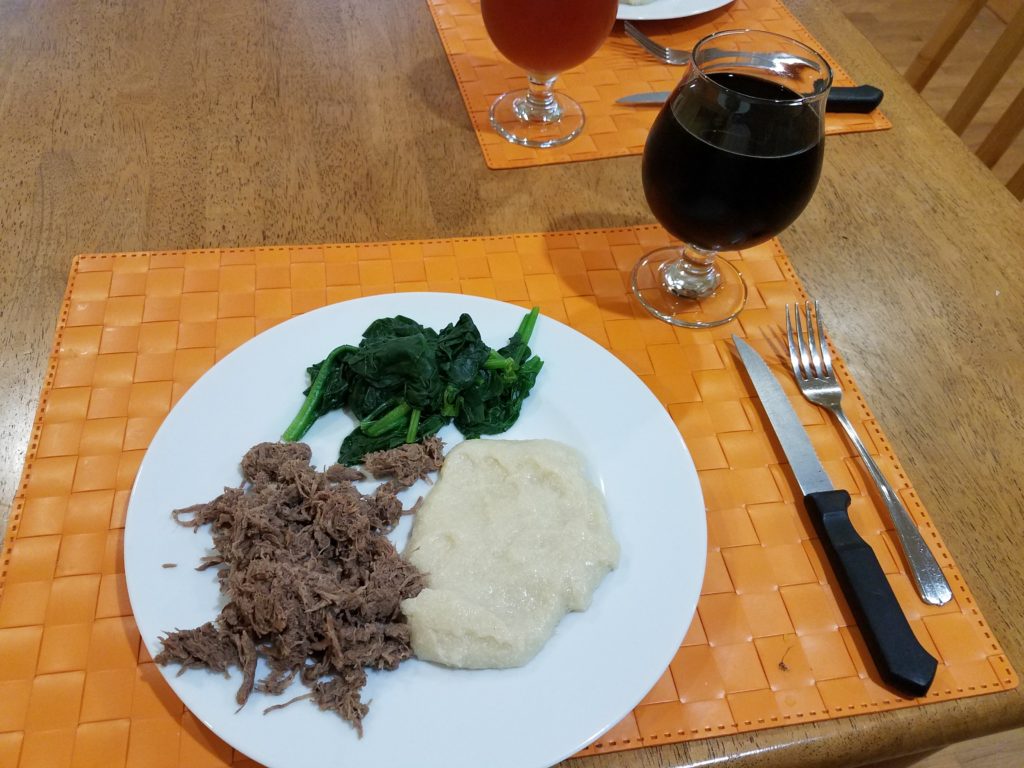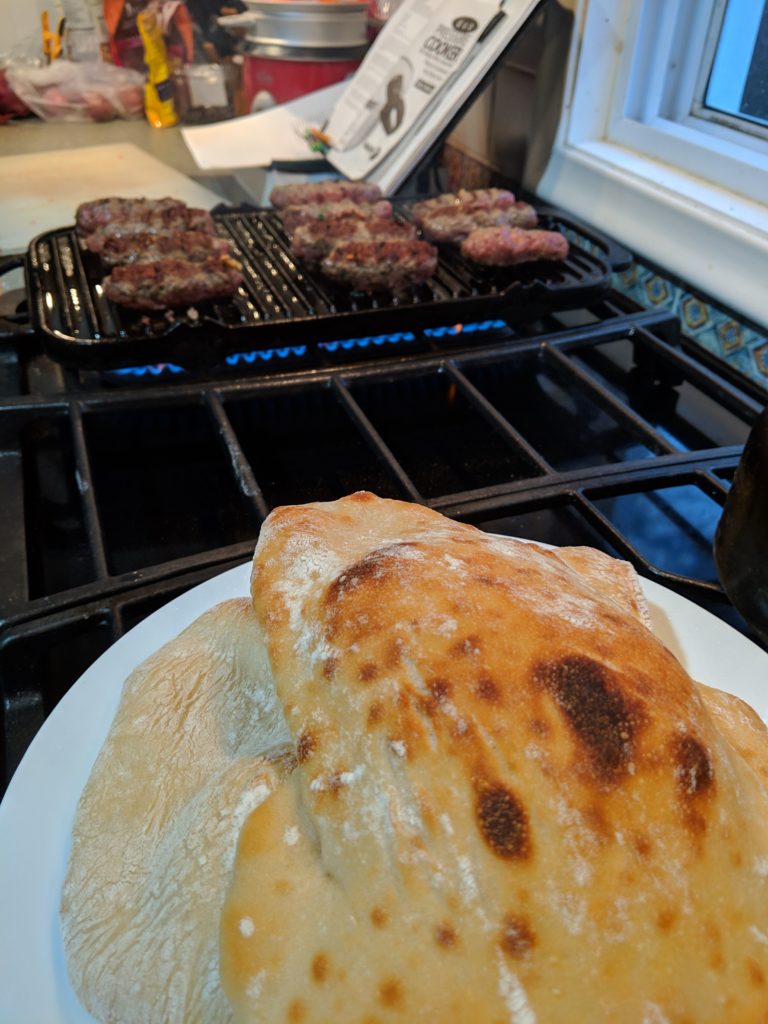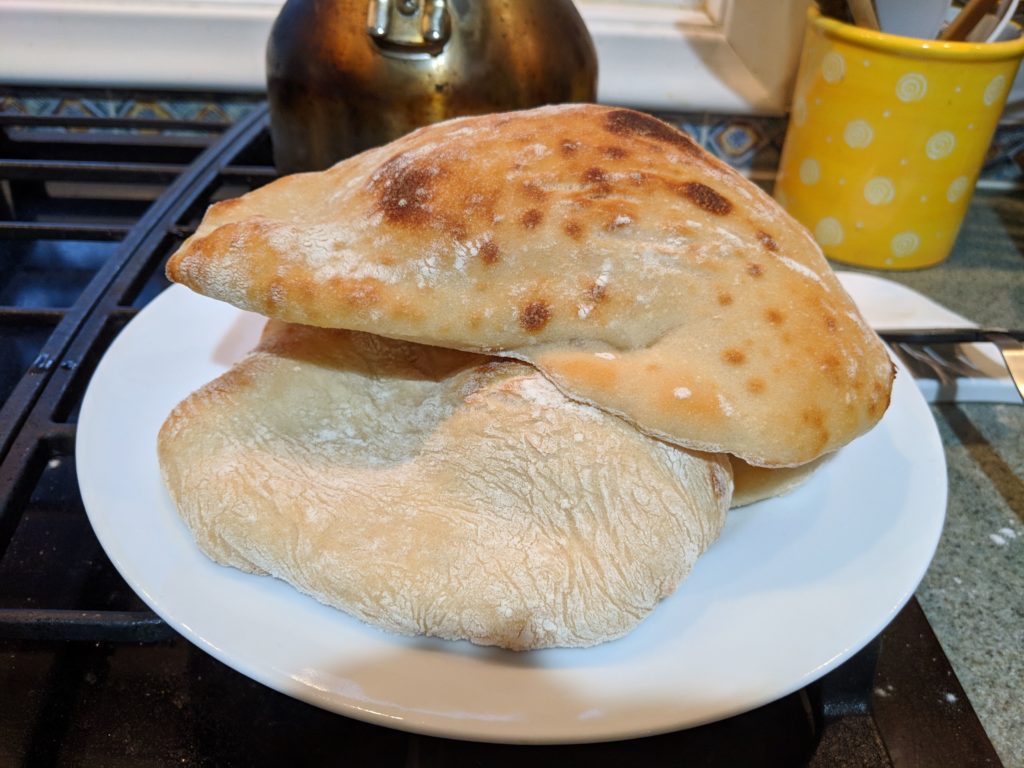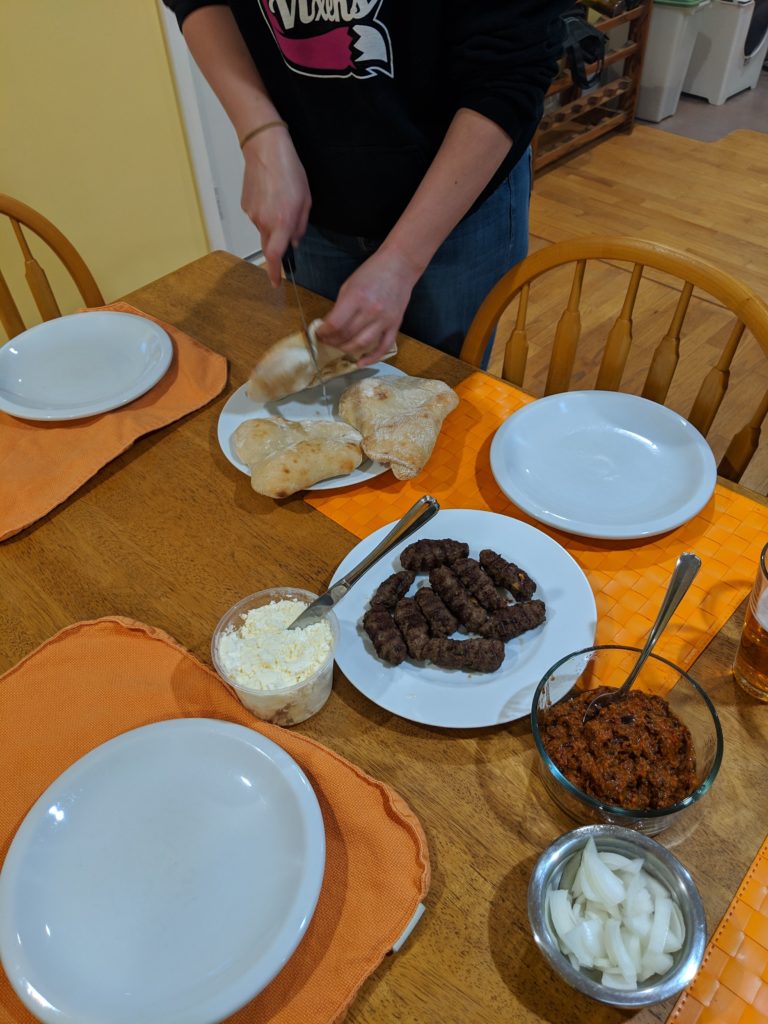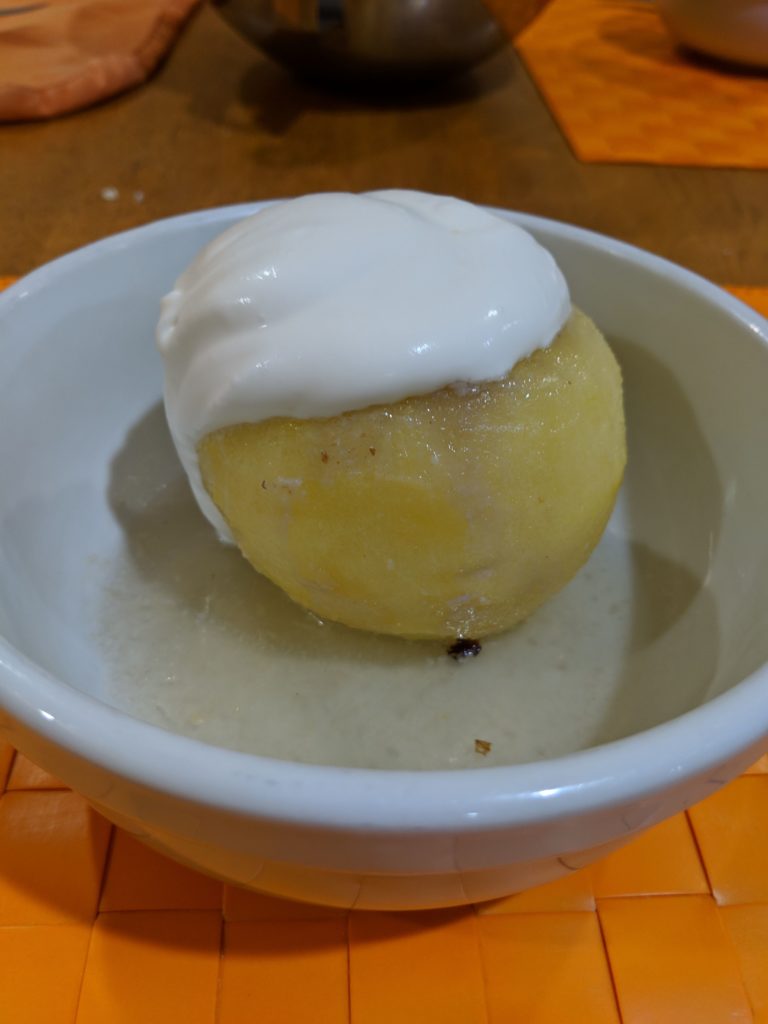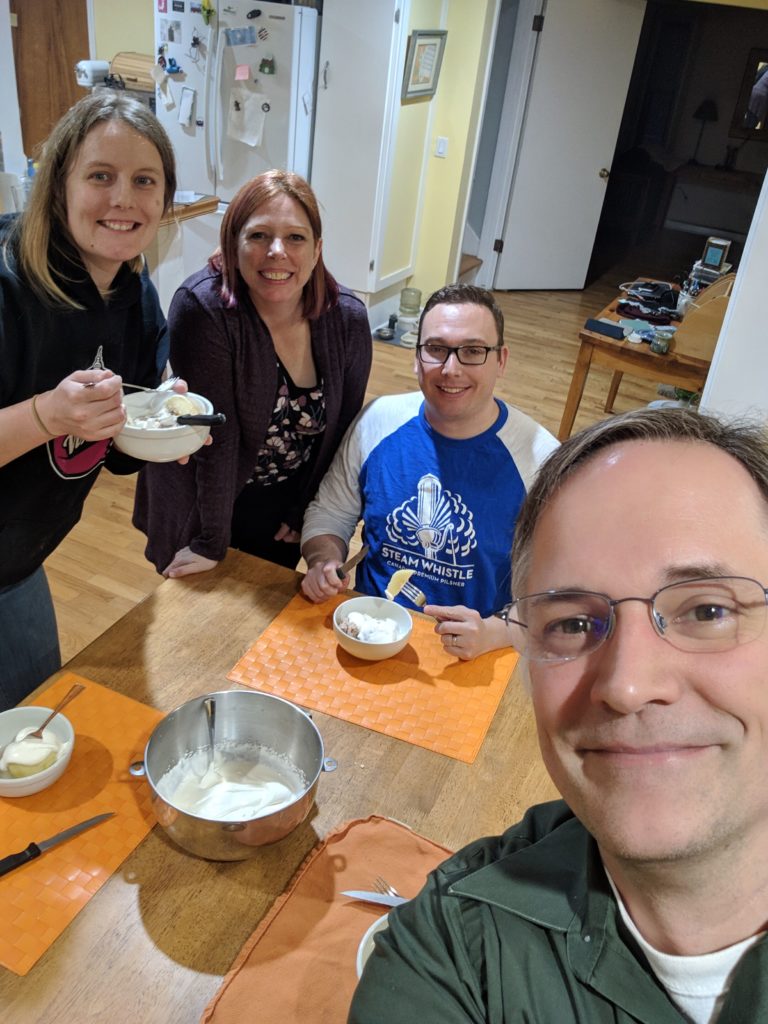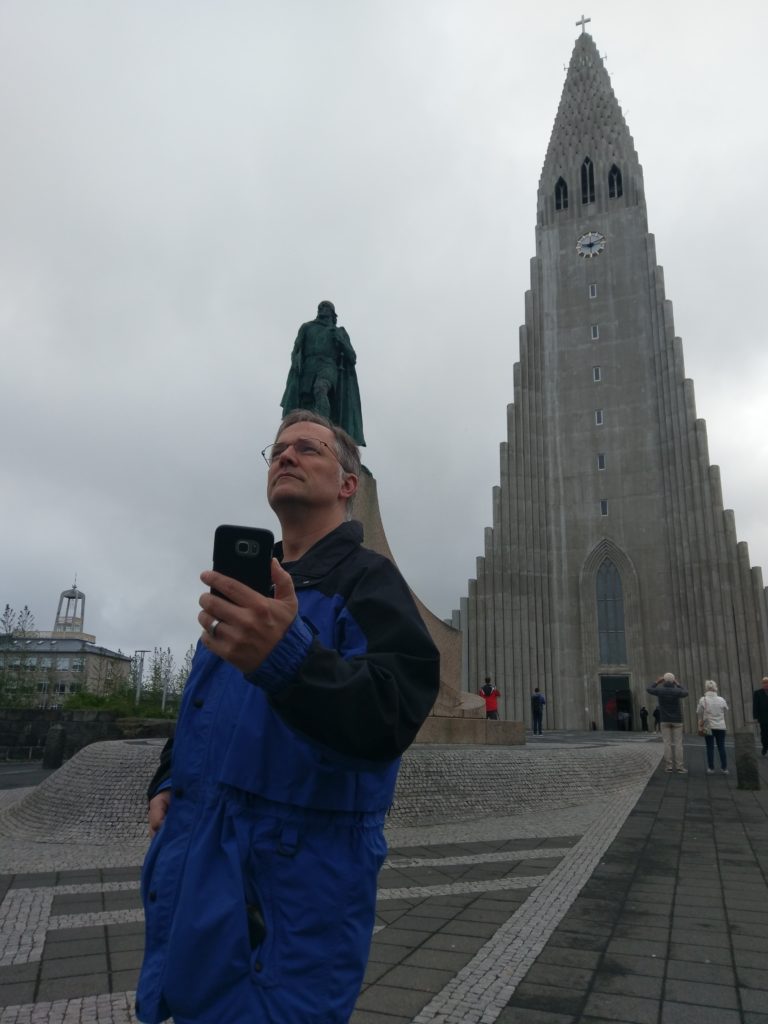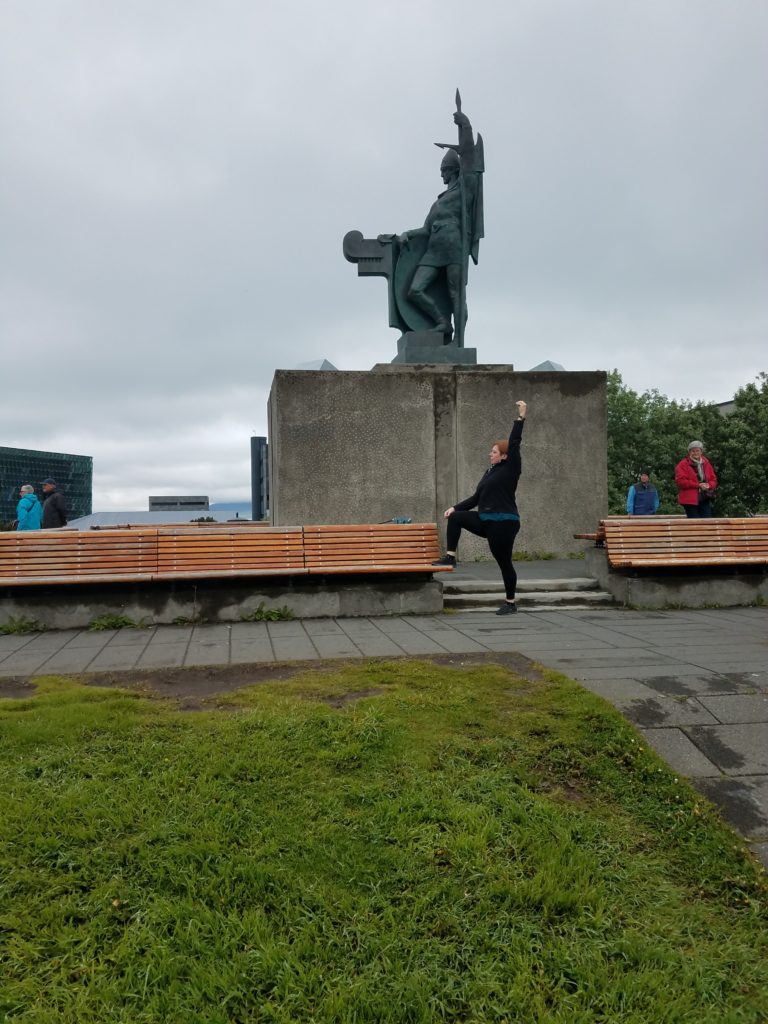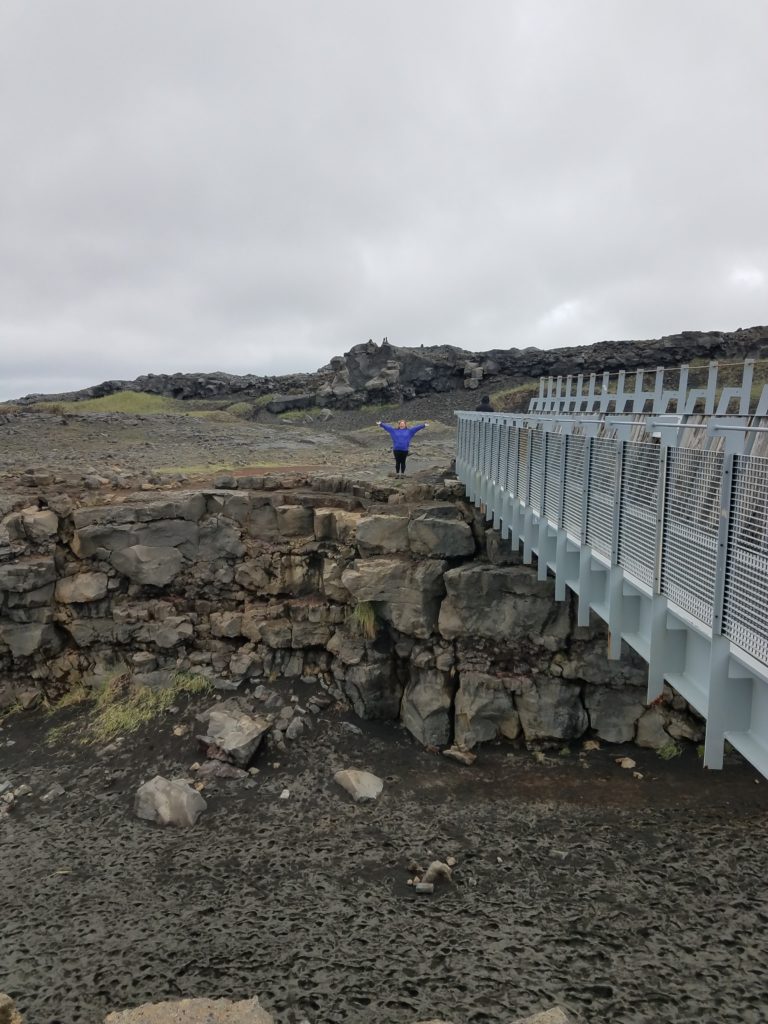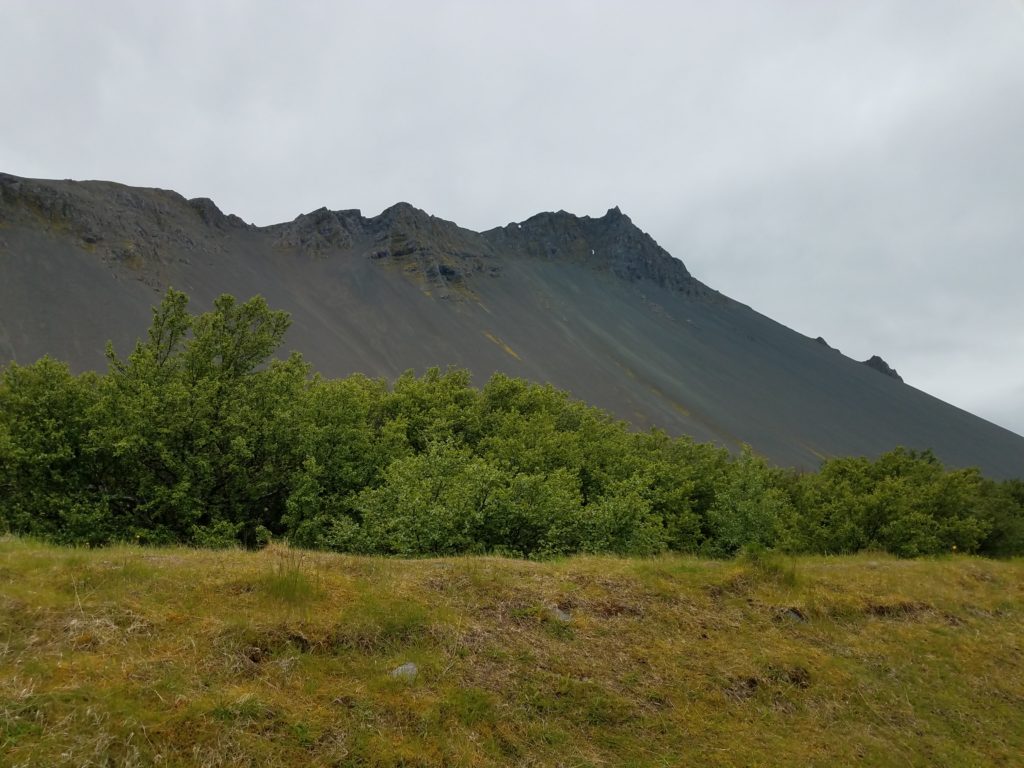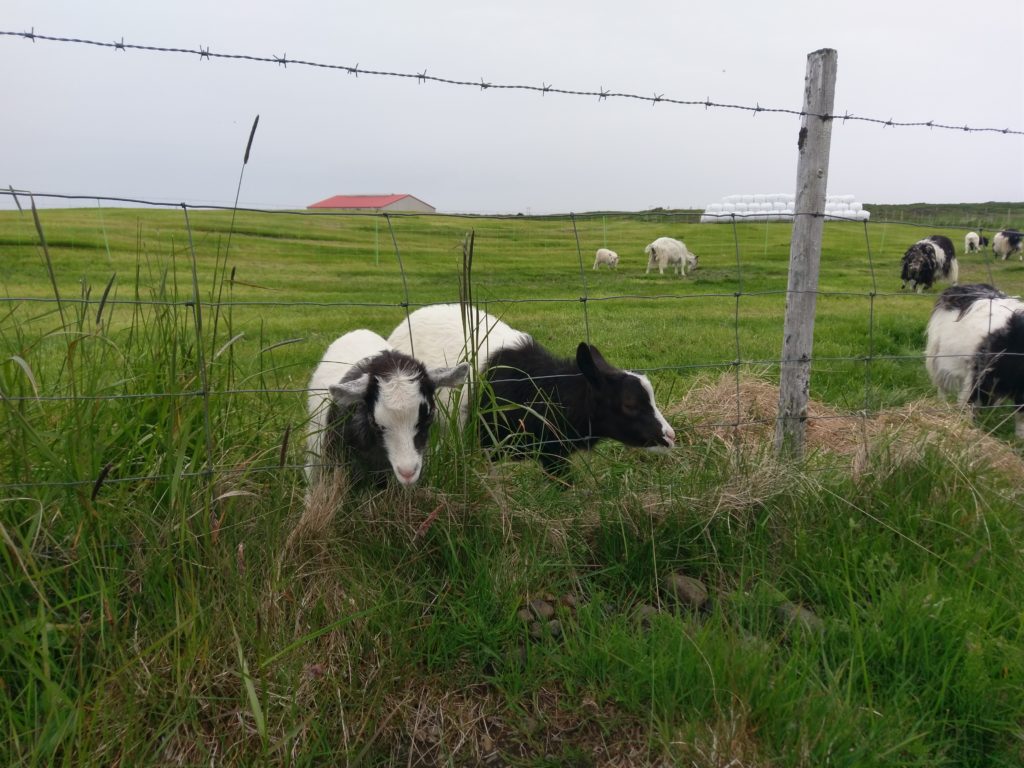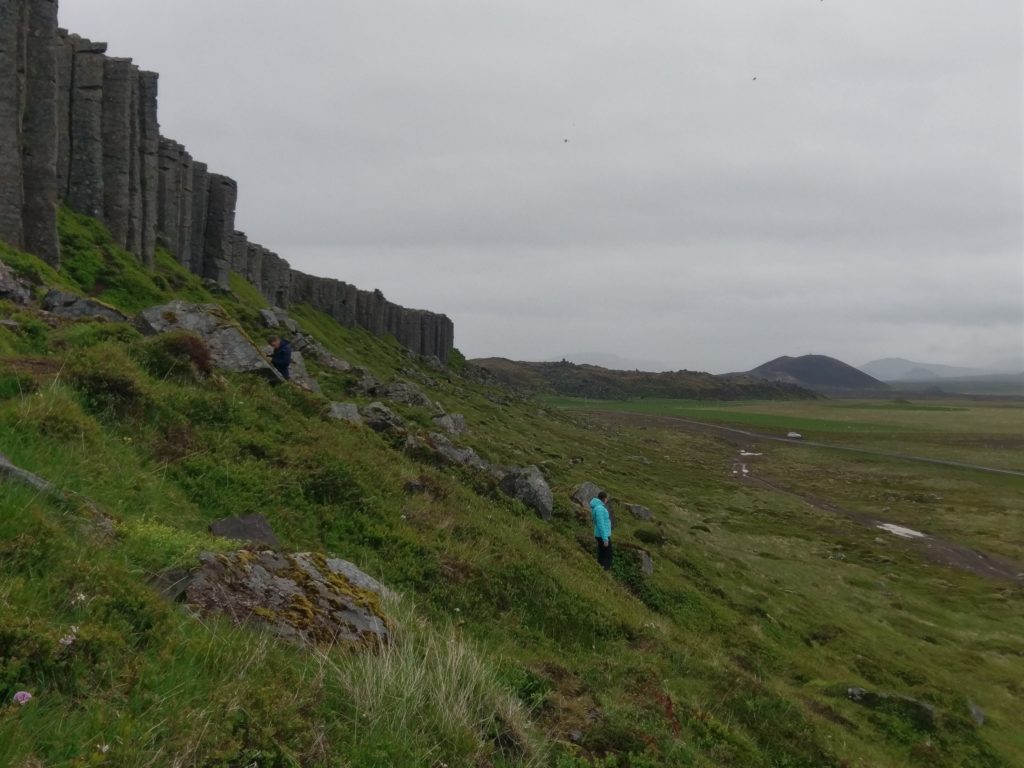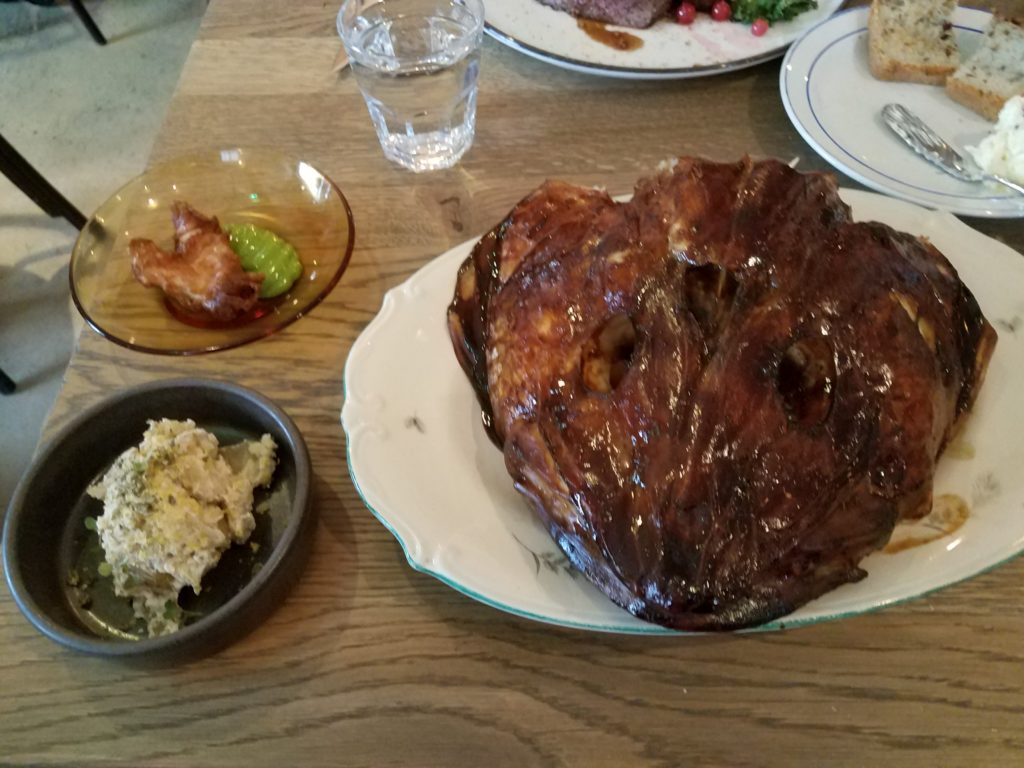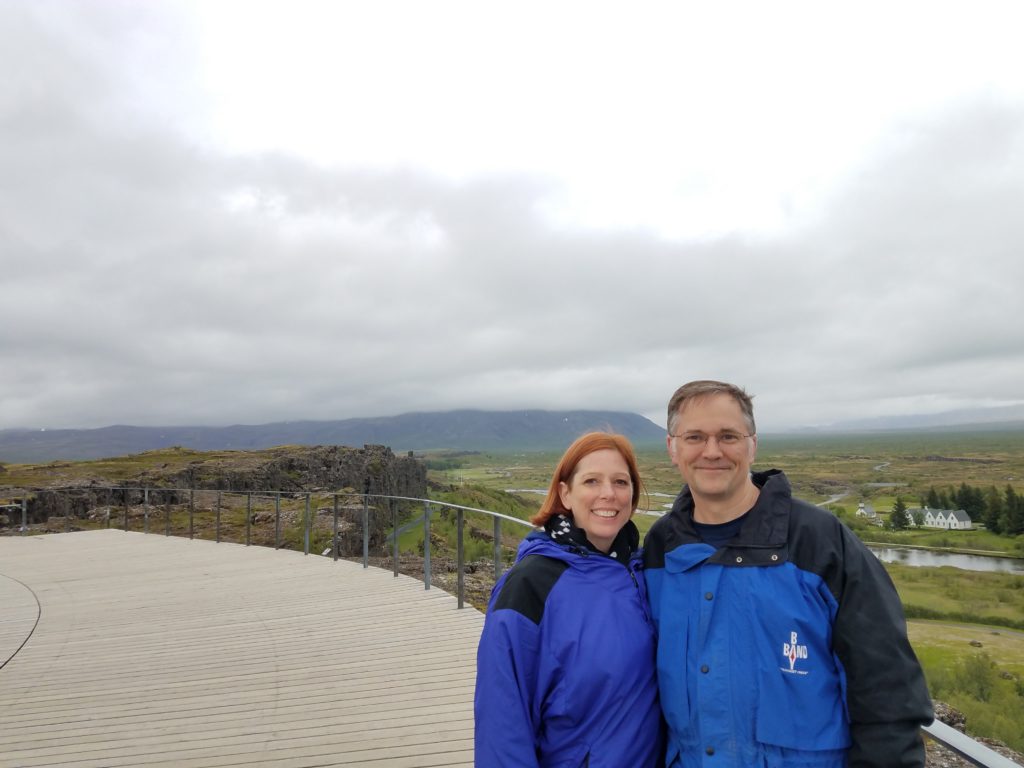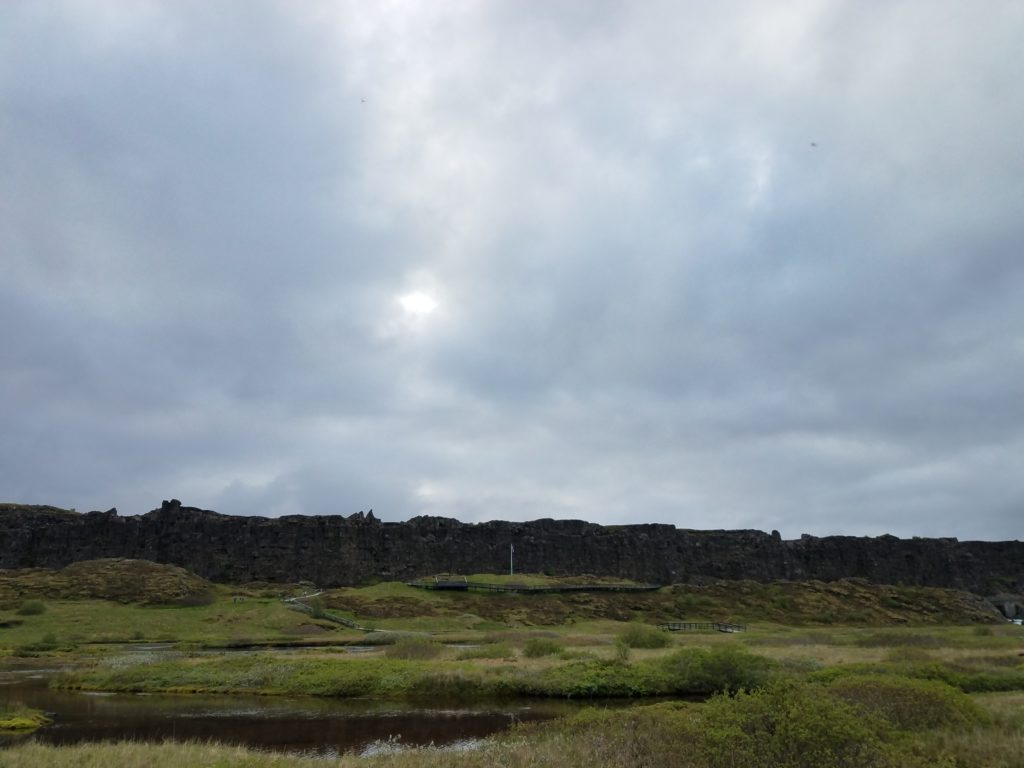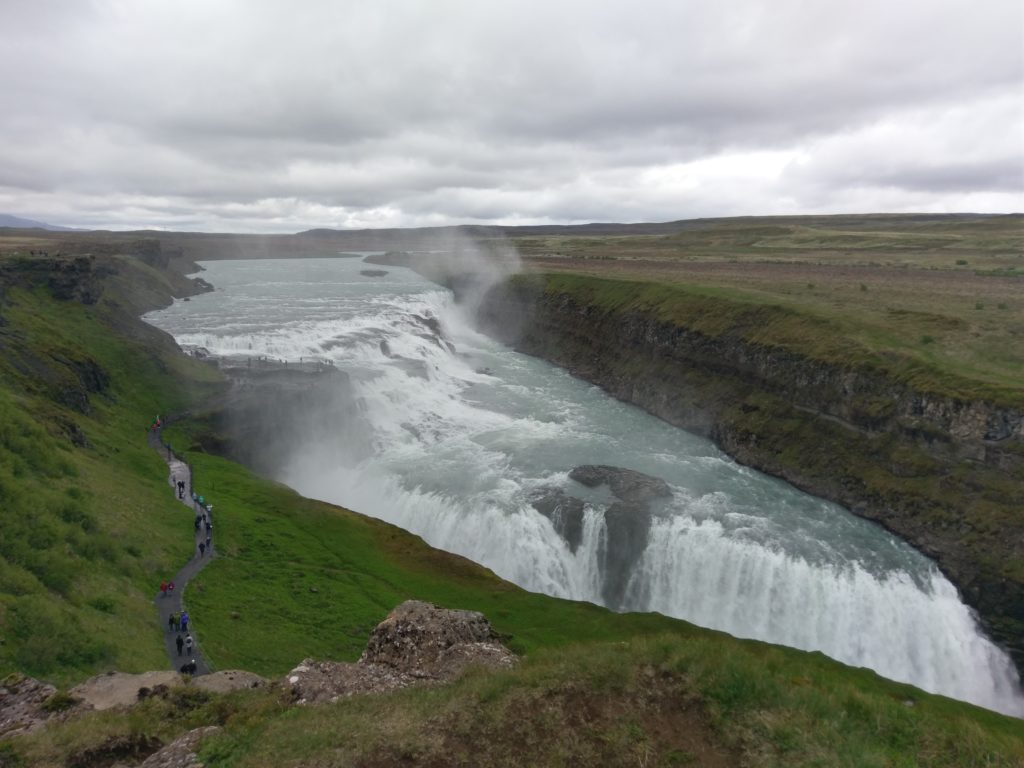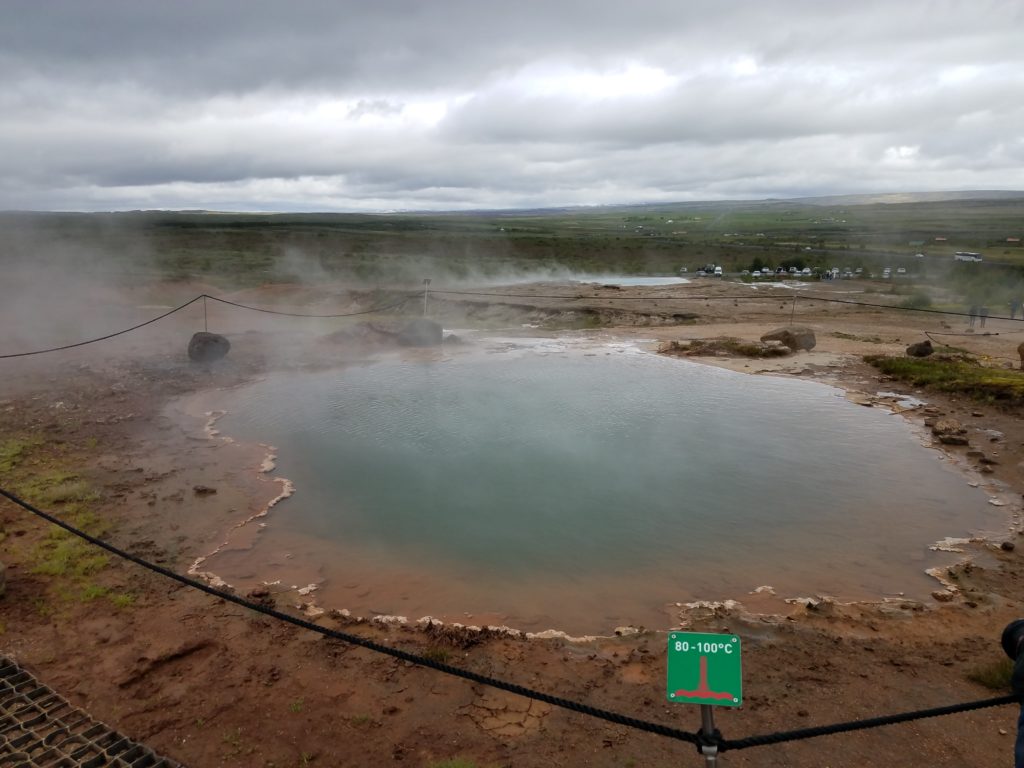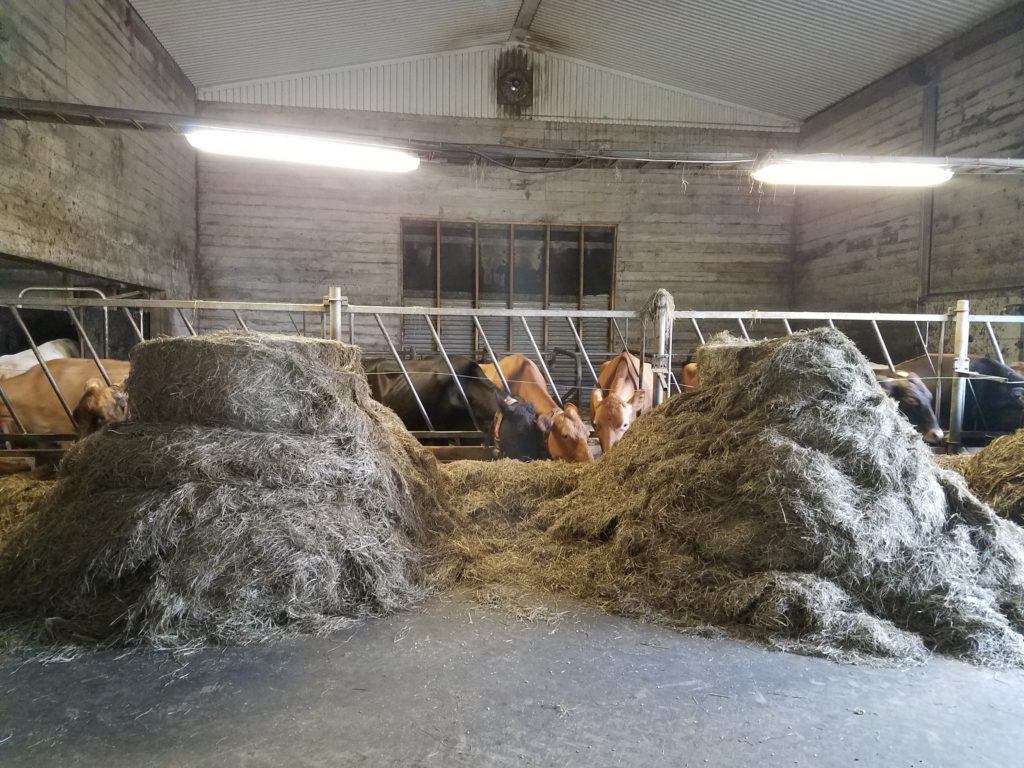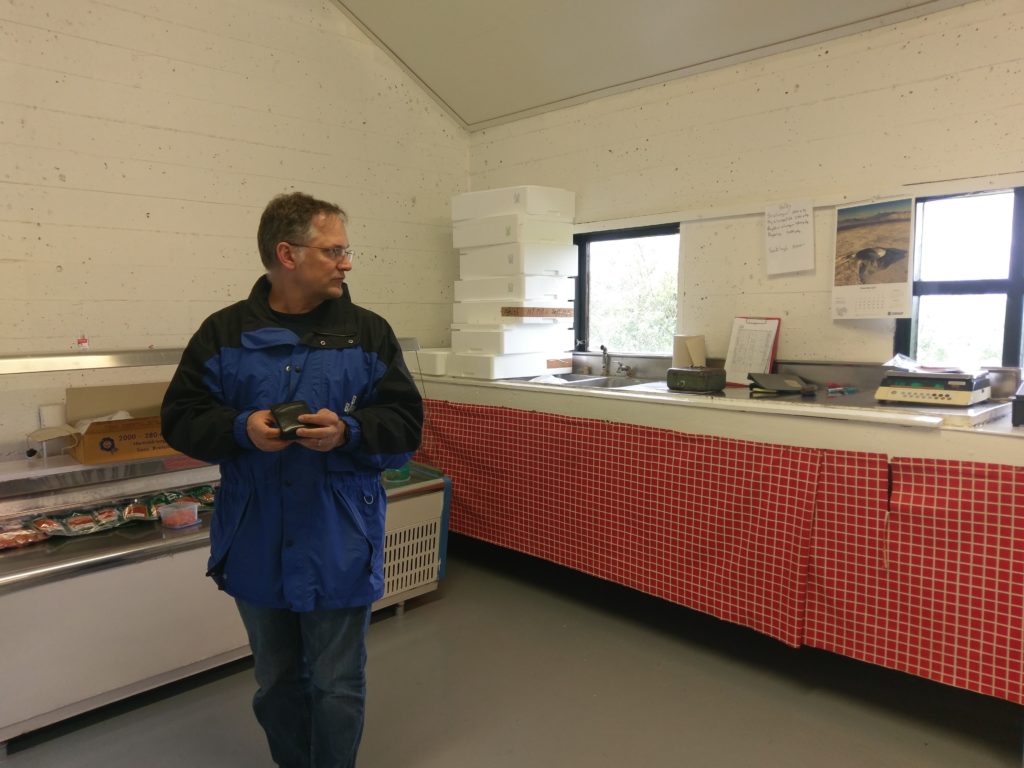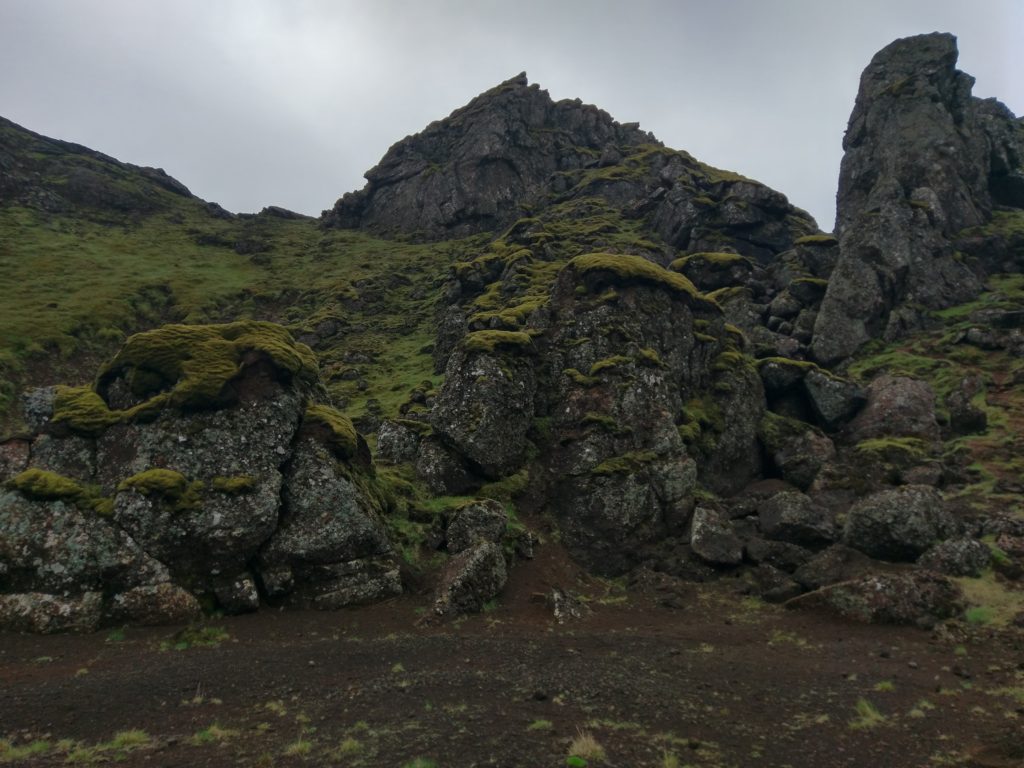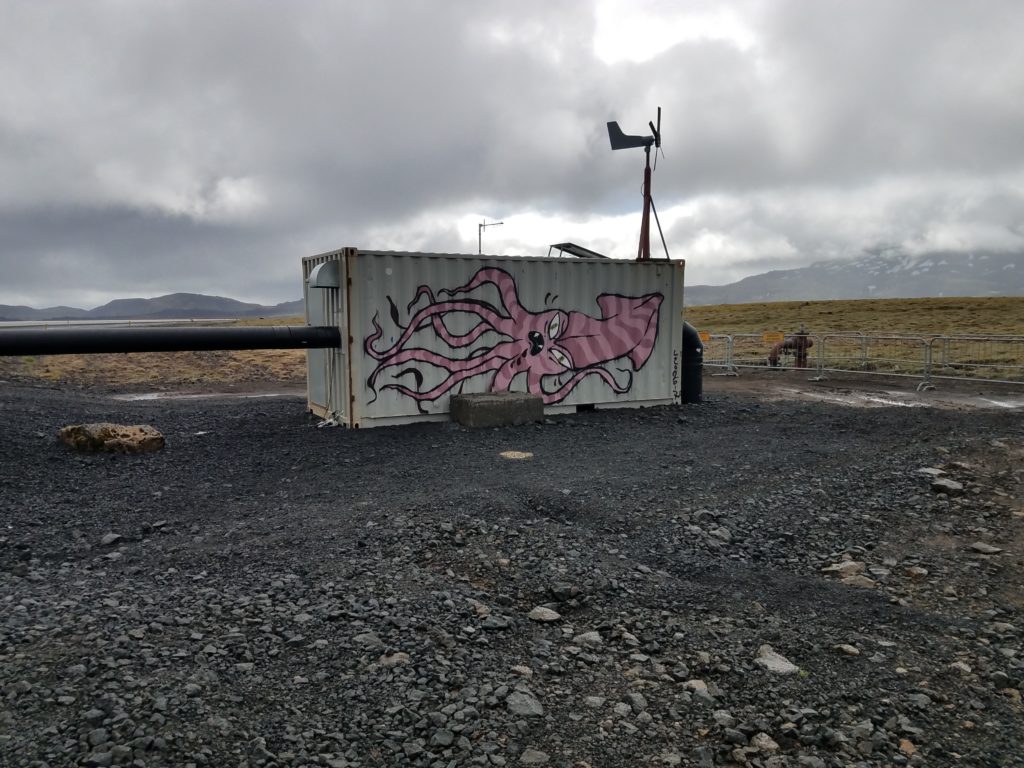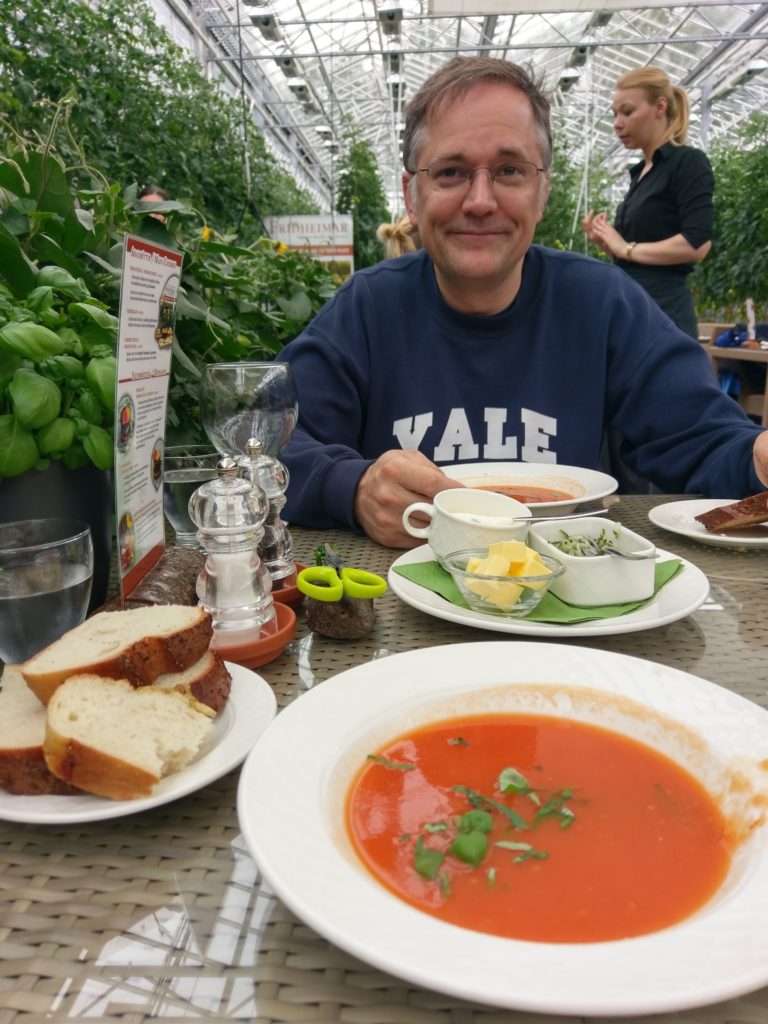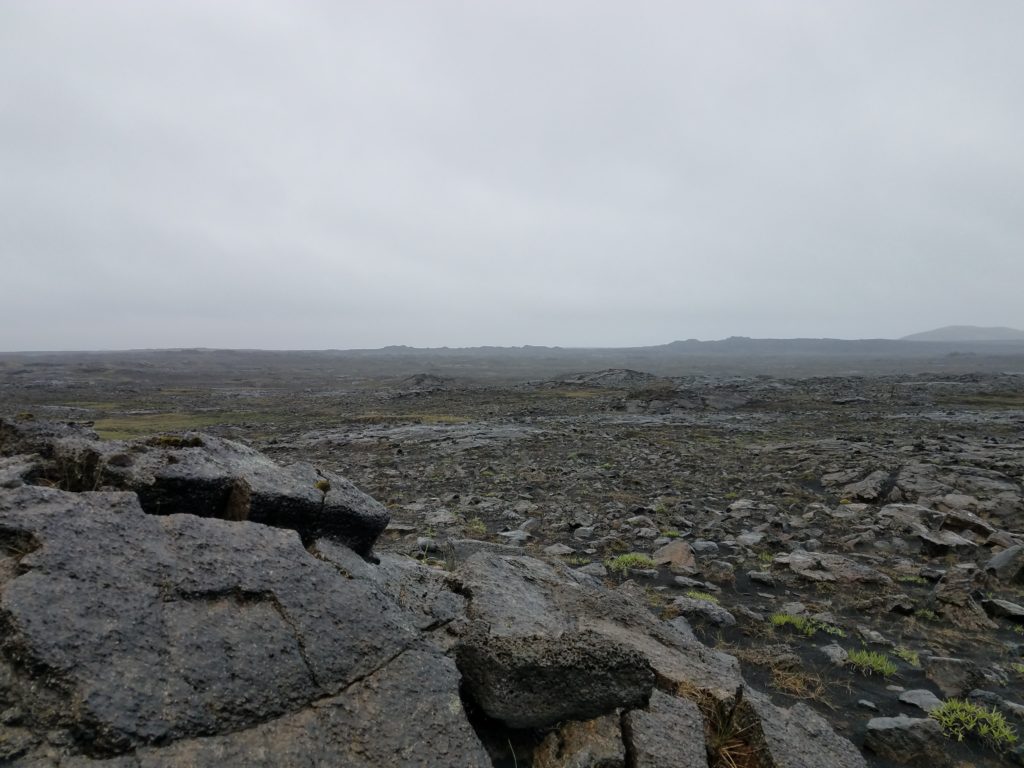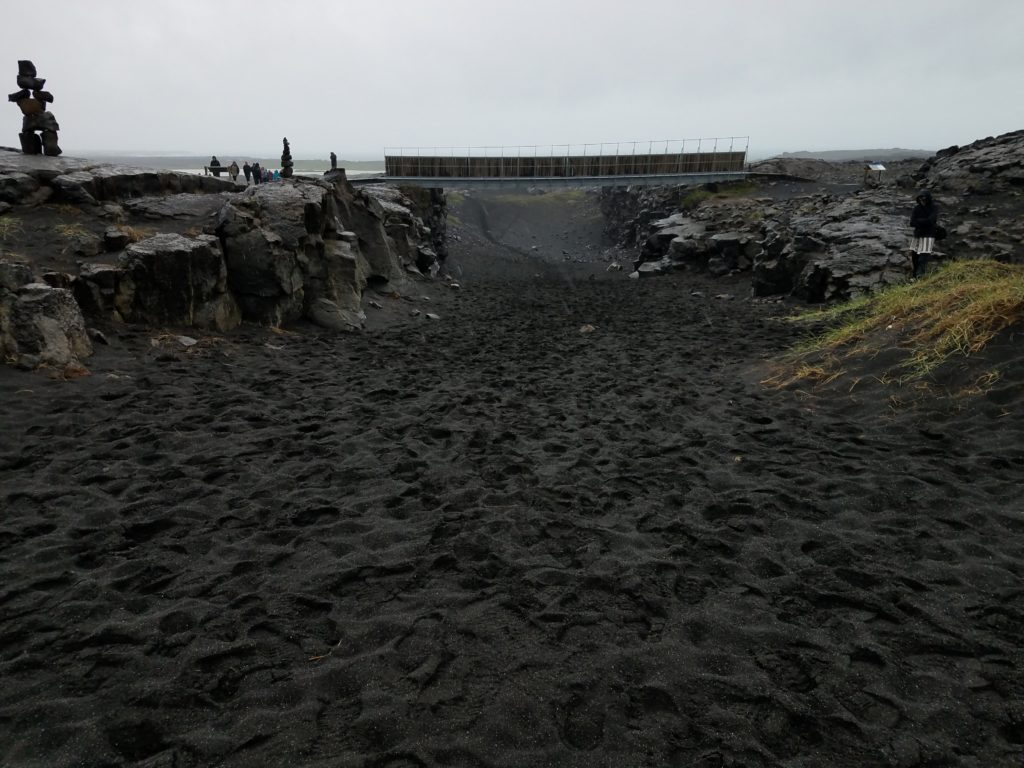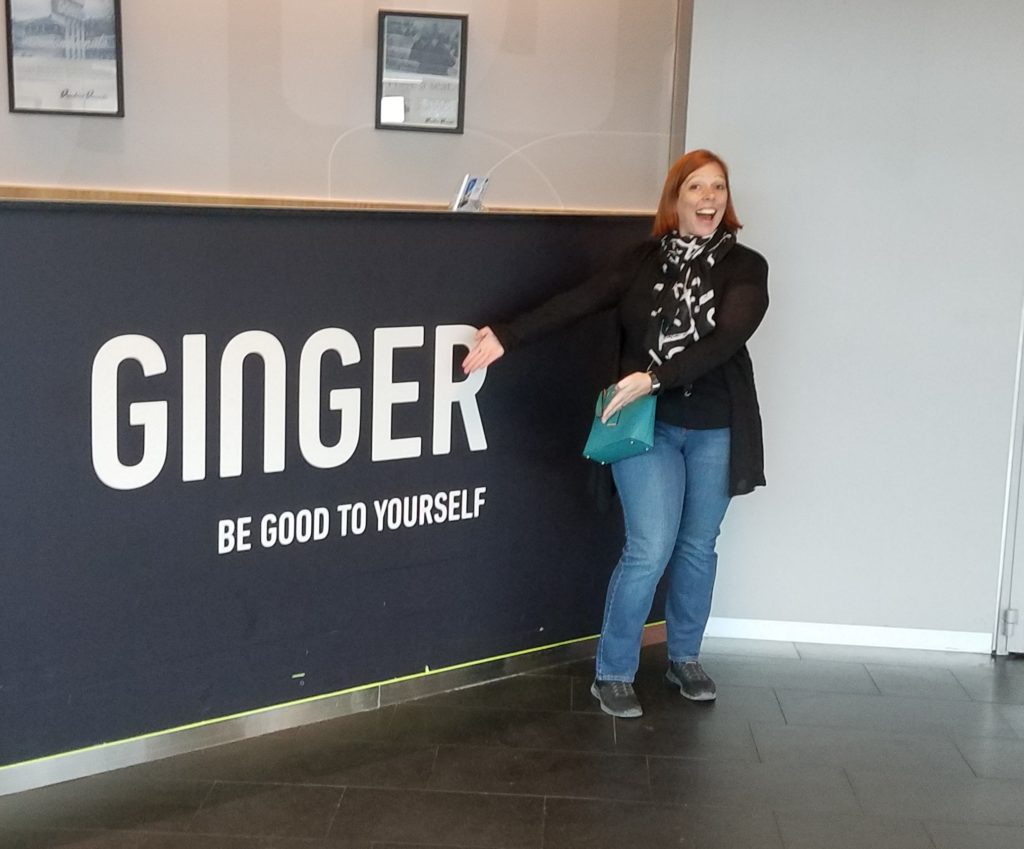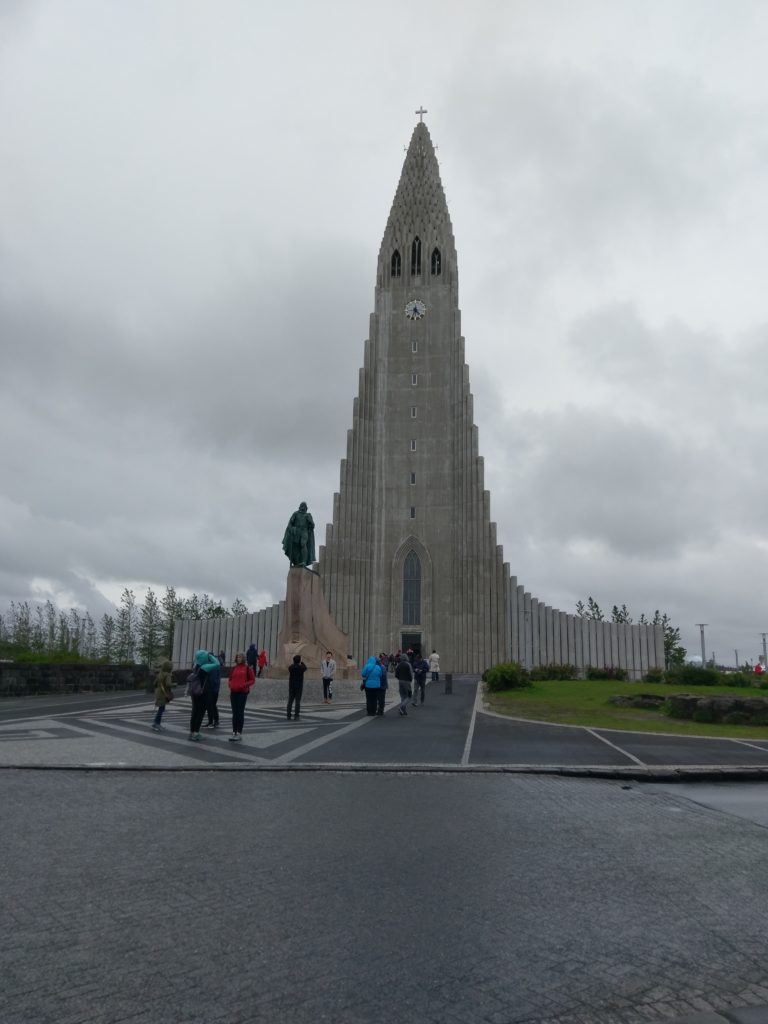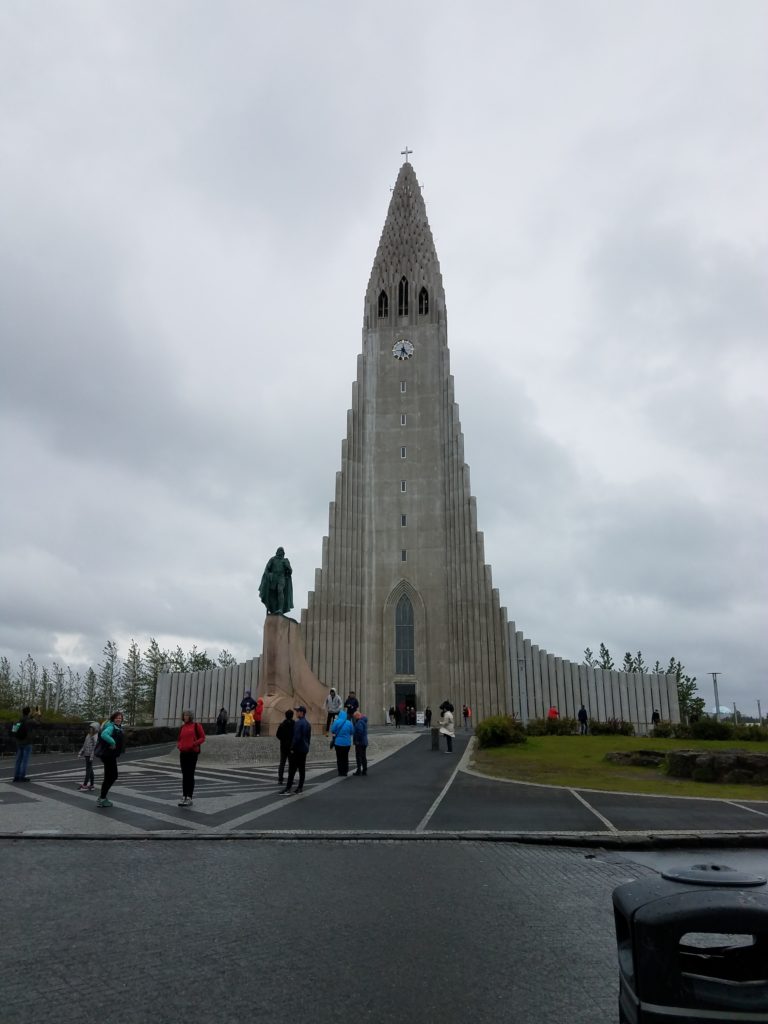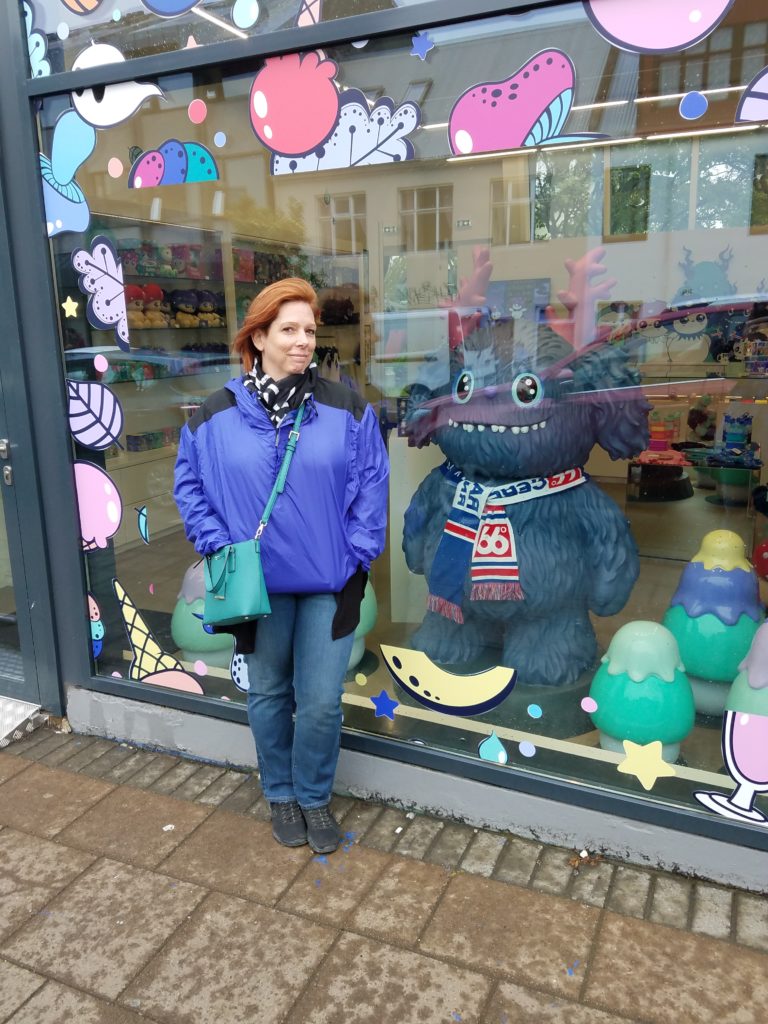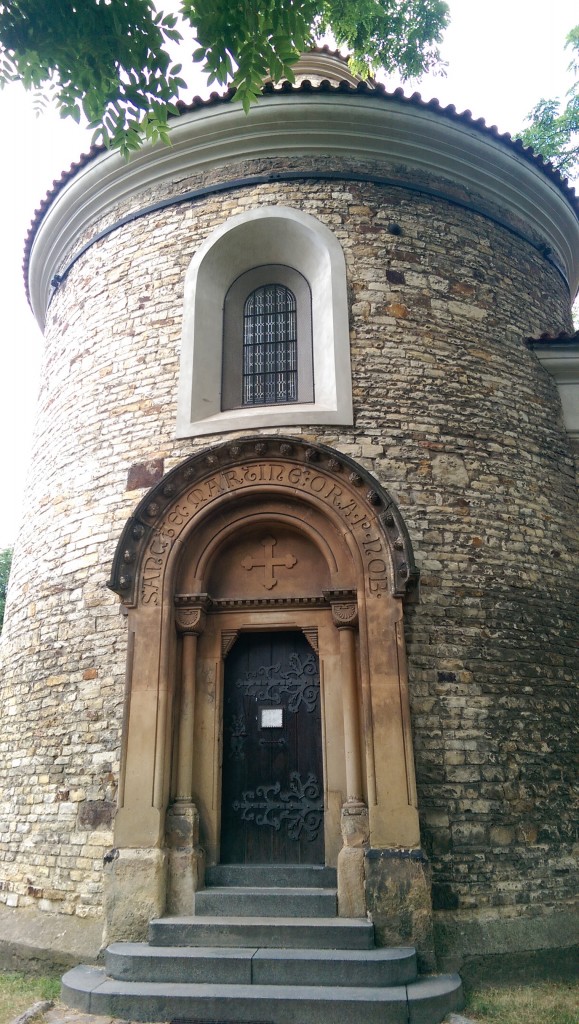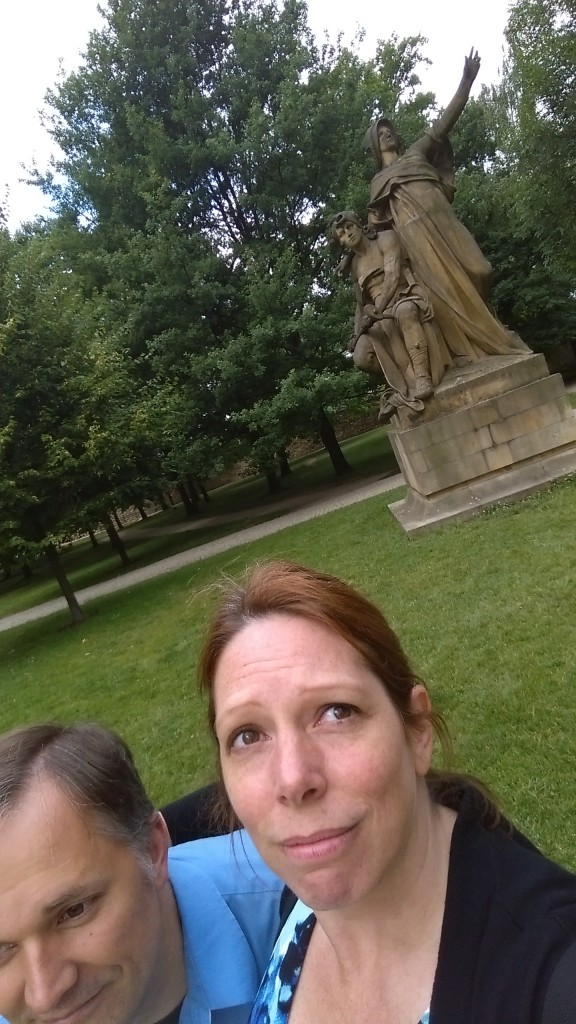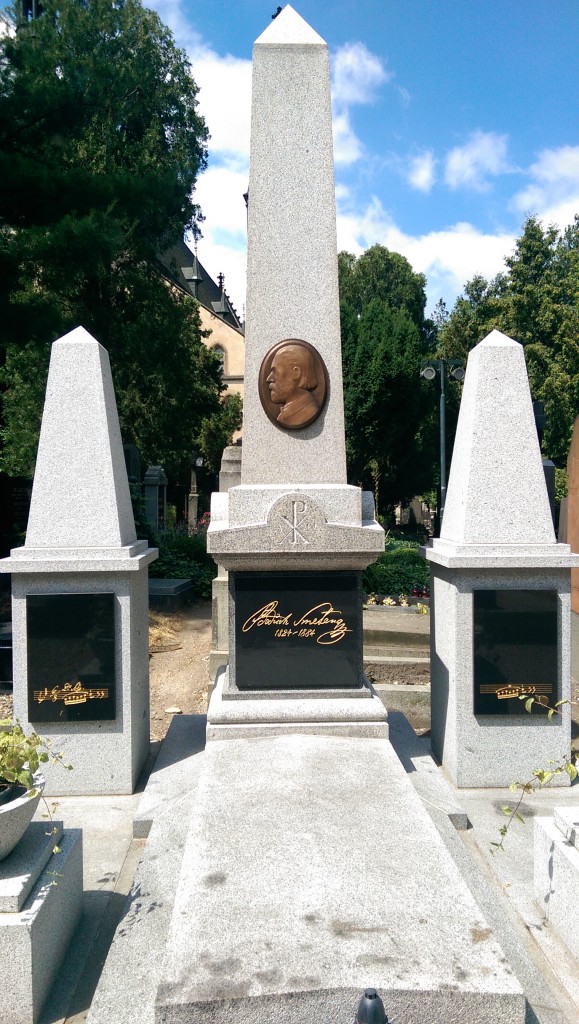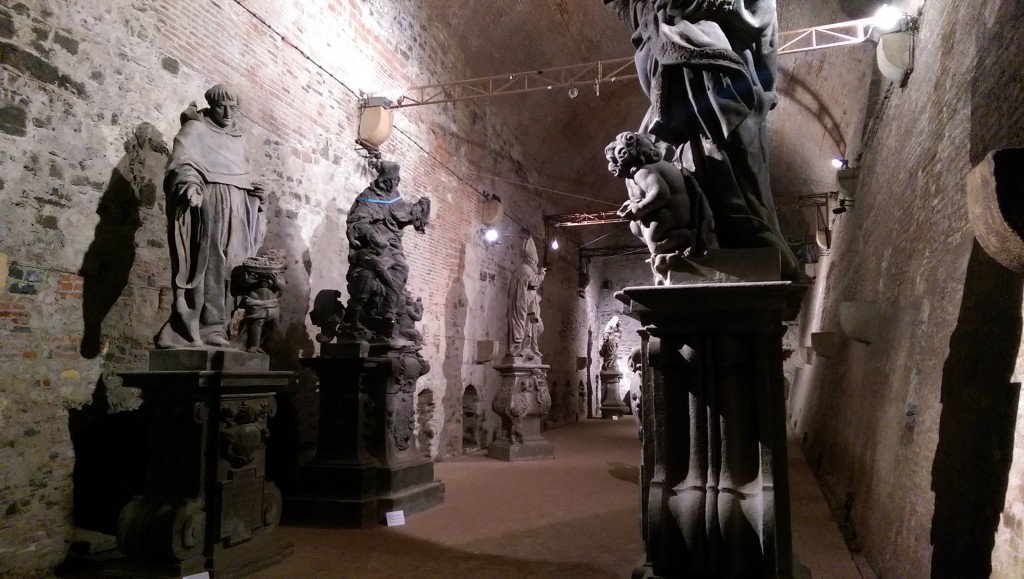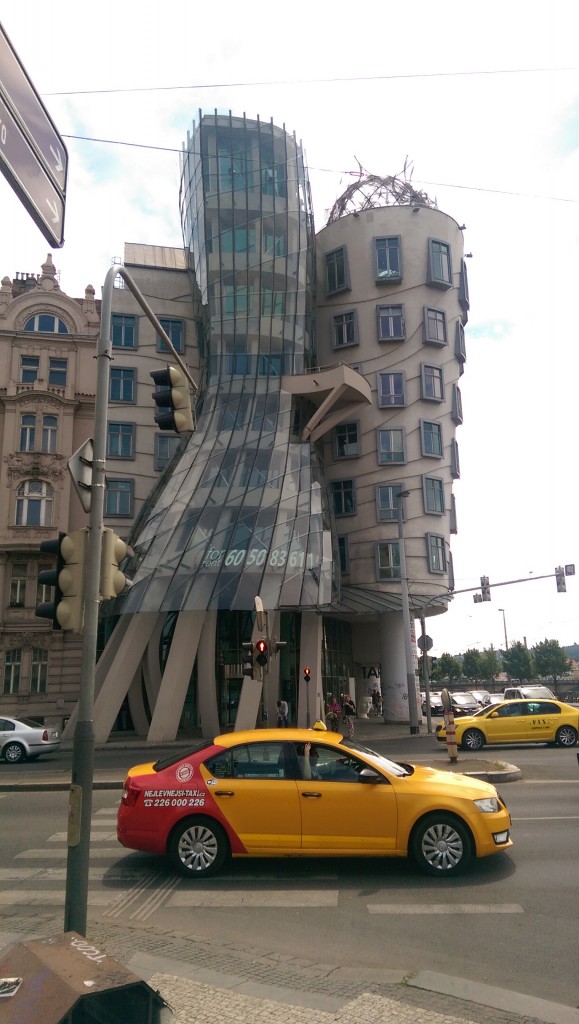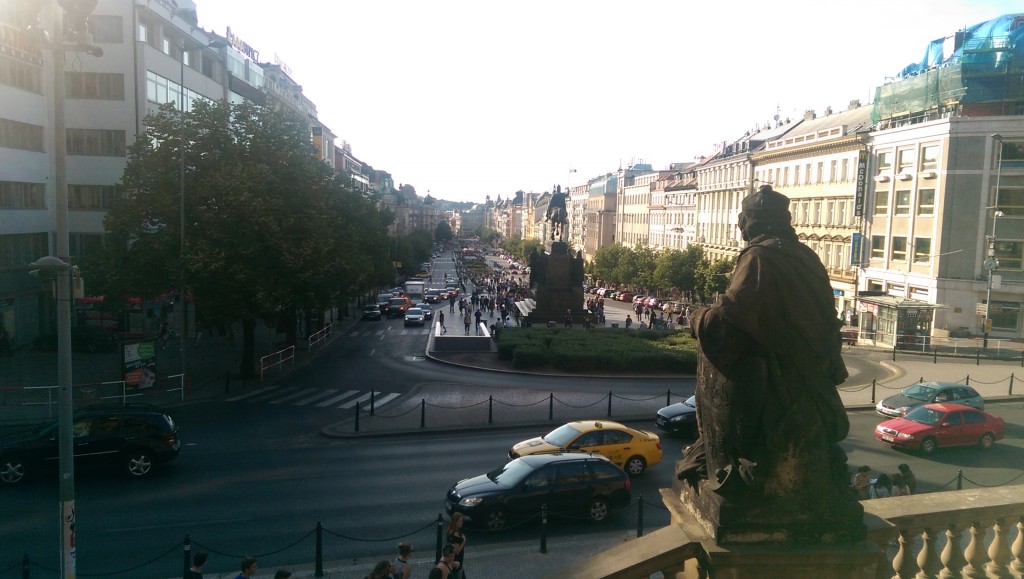With our last two full days in Prague, we had a number of remaining sights we wanted to visit. Prague was home to the two most famous Czech composers, Dvořák and Smetana. We had already wandered into the Smetana museum on our first evening, so today it was Dvořák’s turn. Incidentally, in order to get the diacriticals right, I’m having to cut and paste the name “Dvořák” each and every time it appears in this post. I hope you appreciate how much work we put into this blog that we haven’t finished writing nearly two months after the fact.
Um. Hey look! A dog wearing a hat!

That’s right – Pavlov got a metro stop named after him, and a picture of a dog to boot.
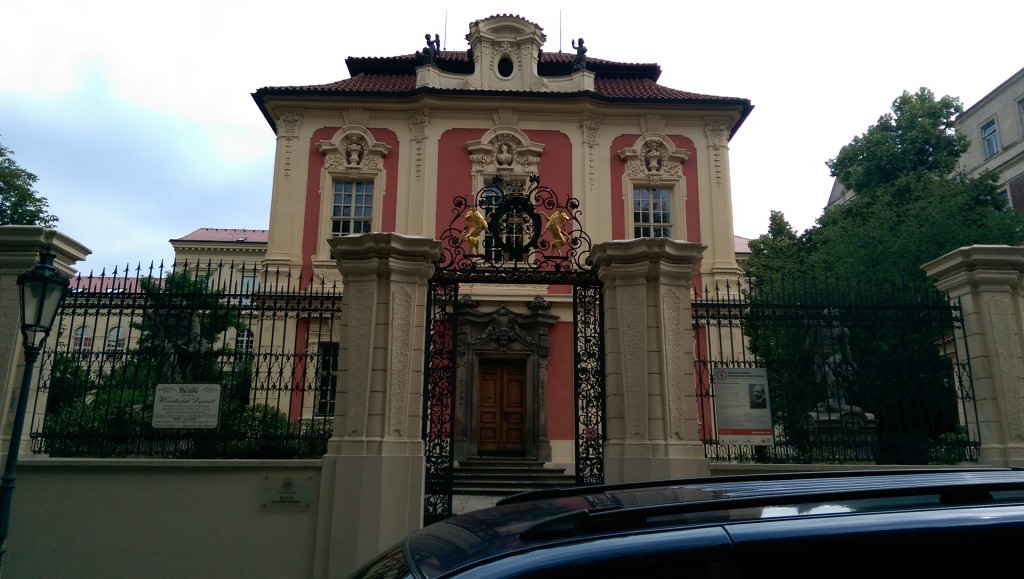
We got off the metro at the Pavlov station, because the bell rang and we felt strangely compelled to. Also, it’s where Dvořák’s house is. Well, not at the station … just nearby.
Dvořák’s house is a quaint little abode with lots of memorabilia and recordings to listen to. There was a lot of nice information on the composer, and a whole set of displays about how obsessed he was with trains. (Hint: very.) Dvořák would apparently send letters to people whose sole contents were a detailed description of the list of trains that could be expected to carry the letter to the recipient and deliver the reply. While he was a brilliant composer, I get the impression he’s not someone you’d actually want to spend a lot of time talking to, if you get my drift.
While photography wasn’t allowed in the building, we discovered a statue in the backyard that looked like it was taking a selfie. So we took a selfie in front of it, trying to look like the statue. This should totally become a thing:
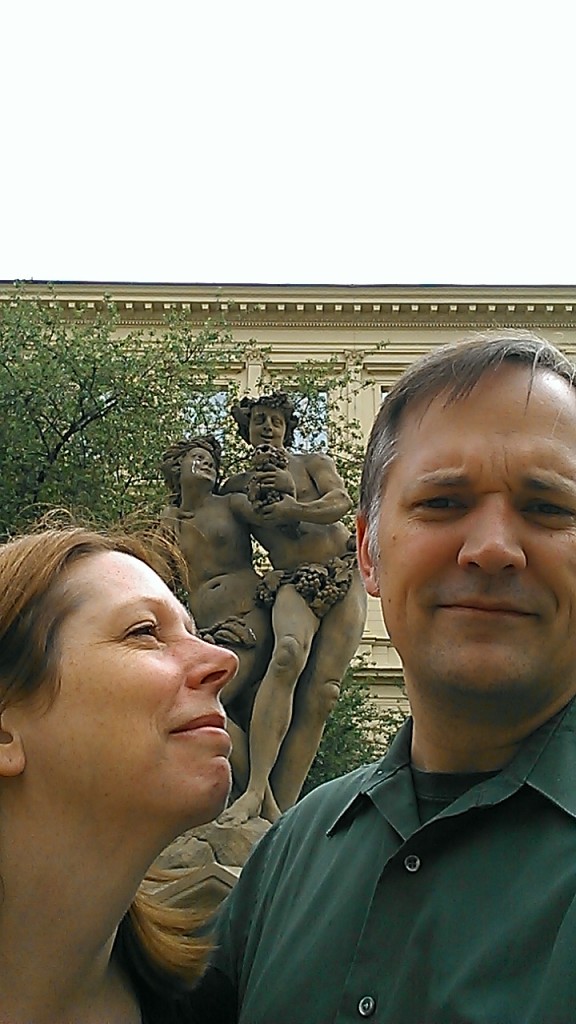
From there, we were off to the Vitkov National Monument. This is a giant structure that was originally built in the twenties to commemorate Czech legionnaires, but also hosts the largest equestrian statue in Europe:
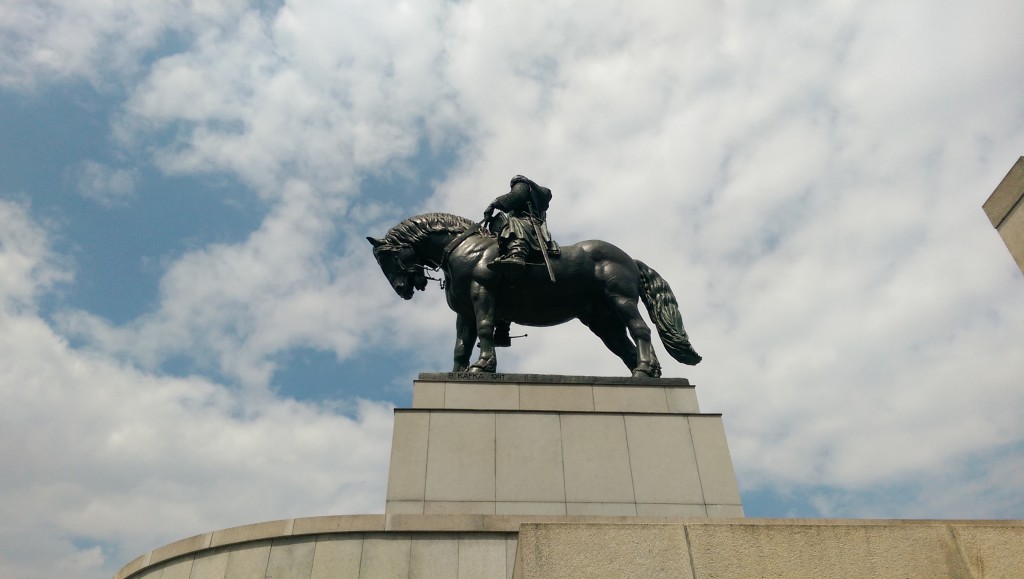
Seriously – it’s big. But it’s not the most remarkable thing about the monument. No, that would be the dead guy.
Klement Gottwald was the first communist president of Czechoslovakia, and was Not A Nice Man. When he died, party leaders decided that anything creepy and cult-of-personality-esque that the Soviet Union could do, they could do just as well. So they mummified him. Still visible at the memorial are the room where his body was placed on view for many years, and the control room.

Yes, I said control room. Apparently the equipment for keeping Mr. Gottwald looking fresh as a Twinkie requires approximately as many dials as a medium sized shuttle mission:

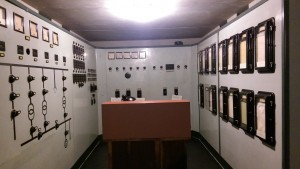
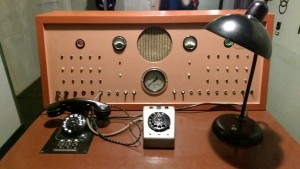
I’m not sure, but I think the phone was a hotline so that Zombie Gottwald could receive orders from Zombie Lenin. And it turns out that all this equipment was for naught anyway, because the mummification process was screwed up and he started to rot, so they had him cremated in the end.
There was also an interesting museum on the premises about the history of the Czech Republic, but it was pretty much an anticlimax after that. [Leigh notes: there was also a really cool exhibit on music and protest movements in the Czech Republic, including the subversive role of punk music. My favorite part was the old museum docent who we caught rocking out to some of the punk music being played on the exhibit’s audio stations.]
From there, we wandered over to the base of the TV tower that we mentioned in our earlier post about creepy baby statues, and got to see the creepy baby statues from really close up. They were just as creepy. We had a nice tea up in the elevated restaurant, and then headed back to the west side of the river to see more stuff. (This was a busy day, I tell you.)
This stuff included finally getting around to riding the funicular railroad up to the top of Petřín Hill. (More diacritically-based cutting and pasting there.) There was an observation tower which had a spectacular view of the city, and also a great vantage point of one of the most amazing architectural white elephants in the world.
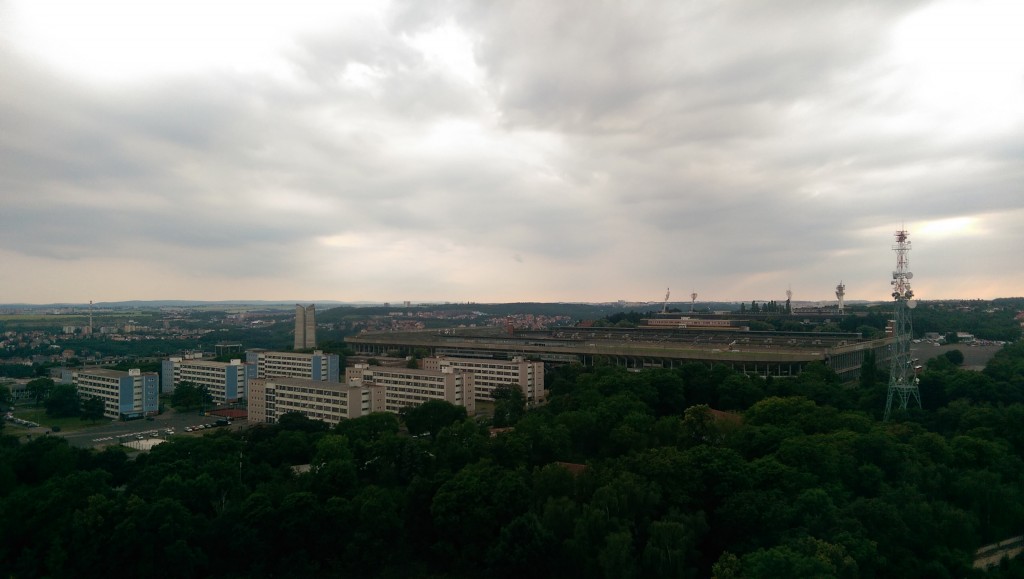
You’re looking at Velký strahovský stadion, or the Great Strahov Stadium. In case it is not clear from this photo, it is gi-friggin-normous. The field is as large as nine regulation soccer pitches. It seats a quarter of a million people. Surprisingly, it is not a communist relic, but dates from the 1920s. It was originally intended to host mass exercise demonstrations.
That’s right. 250,000 people came and watched other people exercise. Here’s a clip from one such demonstration in the 1980s. Including swan dives.
Because swan dives. No one can figure out what the hell to do with the stadium today. Even the Rolling Stones couldn’t get it more than half full.
We continued the evening with a nice trip through a mirror maze (as one does). This one was left over from an exhibition in the 1890s.
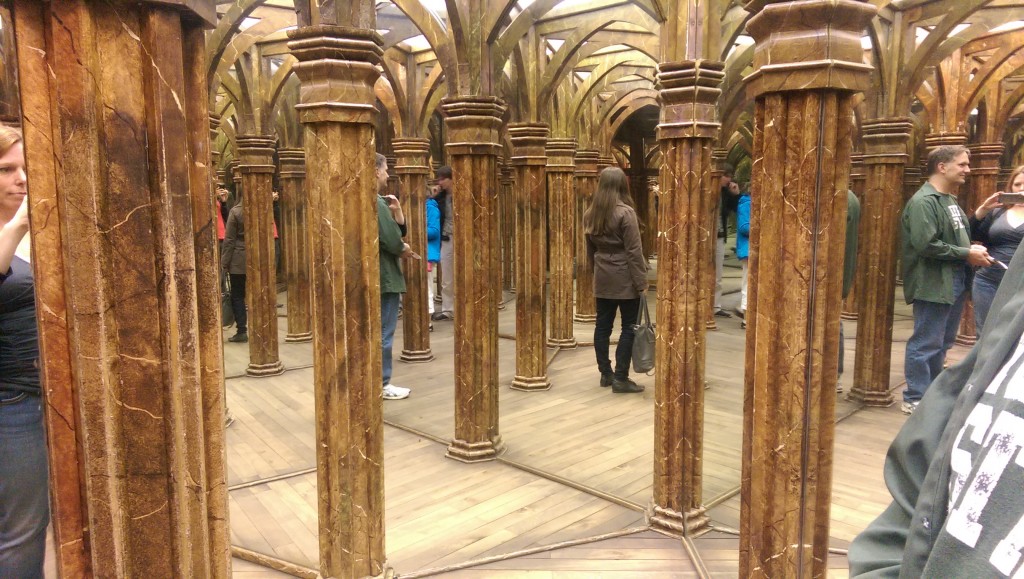
To finish our penultimate evening in Prague, we found a few geocaches, and then had Lebanese food. Because why not? [Note from Leigh: Really, it was because as we were walking back to our hotel/trying to find somewhere to eat, we got caught in a MASSIVE crowd for some music festival that was happening in Wenceslas Square and we could barely move. Dan was highly amused by the fact that I got so frustrated that he swears he can identify the point where I dropped my shoulder and started playing roller derby in the crowd just to get people out of my way. (He was right — that’s totally what I was imagining!) I acted as a wrecking ball enough to get us to a side corridor that happened to have a Lebanese restaurant in it, and we both agreed that that was where we were eating.]
Horse statues photographed: 2
Stairs avoided in Petřín Tower: All of them

